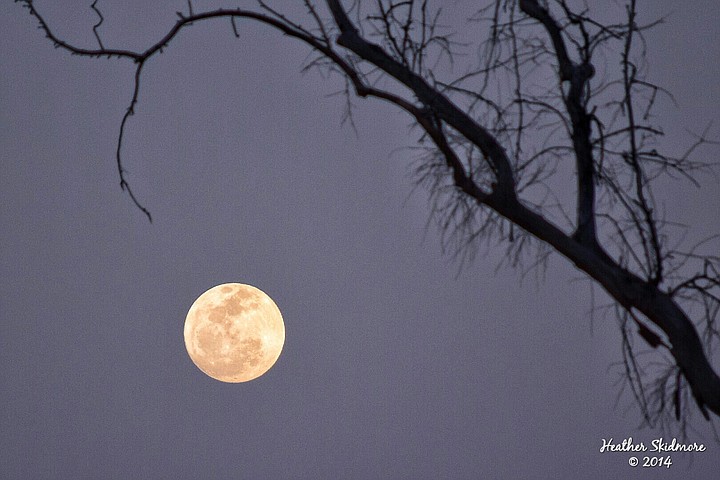Lupines enrich the soil around them, Micromoon is far from Earth
"Moon illusion" is purely psychological
Lupines, Whose Spiky, Purple (Sometimes Yellow) Flower Clusters adorn grassy areas and disturbed patches of soil, are beginning to pop up all over San Diego County. If desert rainfall continues, you’ll spot lupines along the sandy washes or in roadside gullies where water temporarily collects. Coastal lupines may be in full flower by late March, higher-elevation lupines will be blooming in the mountain areas in May and early June. The generic name Lupinus, meaning “wolf,” was given these plants in the belief that they robbed the soil of nutrients. Actually the reverse is true: their ability to fix nitrogen through root nodules helps them survive on poor soils, and may, in fact, enrich the soil around them.

February’s Full Moon Is On Saturday, February 24. It rises about 20 minutes after sunset and will drift above the horizon in the east and reach its highest point in the sky around midnight. You can watch it dim and sink into the Pacific as the dawn approaches. Whenever the moon is seen near the horizon, it seems to be larger than life. There have been many attempts to explain the visual effect, called the “moon illusion,” but it appears to be purely psychological. Funny, because February’s full moon is a “Micromoon.” Think of this term as the opposite of a “Supermoon.” It means that the full moon is at its farthest point from Earth (not the nearest point). In astronomical terms, we call this “apogee.” February’s micro full moon is only about 252,225 miles from Earth.